Full Guide To Opalite vs. Moonstone (This is the Difference)
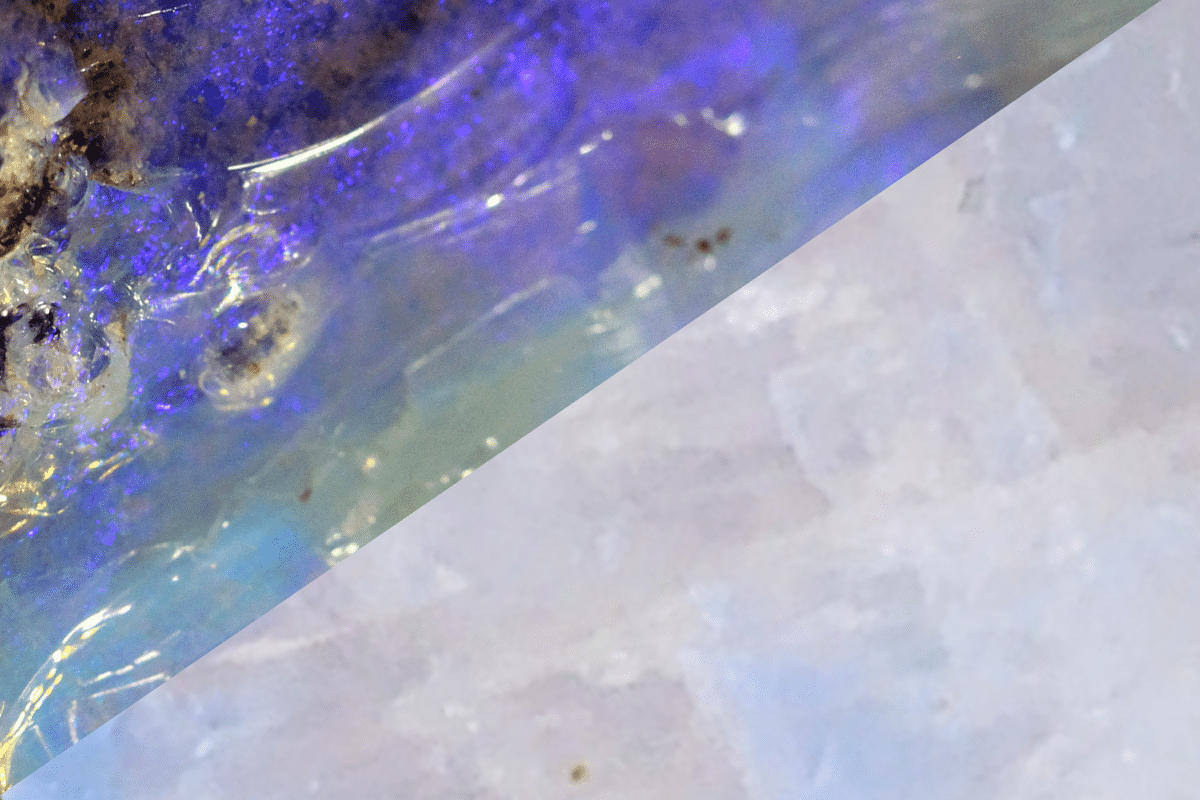
In order to work with our crystals effectively, we need to understand their properties. With crystals that look similar or have similar uses, such as opalite and moonstone it can be difficult to determine which one to work with. The answer should always be; the one that you are drawn to the most. However, if you are looking to find the difference in physical appearance as well as metaphysical properties, you’ll find your answer here.
Continue reading if you want to know more about the (physical) qualities of these stones, as well as how you can use them in your spiritual practice.
Also read: Opalite vs. Opal: This is the Difference
Want more help or information? If you have any more questions after reading this blog post or want a personal answer for your specific situation, join the free Facebook group! We promise you’ll get an answer from either our team members or a community member.
Opalite vs Moonstone – How To Tell The Difference?
In order to understand the difference between these two stones, we can look at the color, shape, pattern, clarity, and more. Below we’ll describe all these aspects in detail.
Chemical Composition
When we refer to opalite, we generally mean synthetic opals. These are man-made and composed of metal, glass, and sometimes plastic, as well as other materials. The natural version of this stone is called opal and consists of volcanic ash and silicon dioxide.
On the other hand, moonstone belongs to the feldspar group of minerals. It’s a silicate mineral that contains aluminum, sodium, and potassium. It is also at times referred to as hecatolite.
Color
Natural opalite is primarily green, purple, or lavender. They may also display gray, black, or bluish-black veining and patterns. The artificial type changes color based on the background. On a white background, the stone is light blue. On a dark background, the opalite can display orange or peachy pink.
Moonstone offers an array of colors. The color variety includes white, blue, yellow, pink, gray, orange, green, and purple.
Also read: Moonstone vs. Opal: This Is The Difference
Pattern and Clarity
Opalite has an amorphous crystalline structure. It also has a translucent, milky and glass-like appearance. The stone will not change color when subjected to light. However, some will have a purple glow under a source of light. Synthetic opalite has a vitreous luster, while natural ones have a sub-vitreous to waxy luster. The clarity in opalite also differs between natural and synthetic ones. A natural opalite is translucent to opaque, while a synthetic one is translucent to transparent in clarity due to a lack of internal flaws. Opalite shows no cleavage. Synthetic opalite has a conchoidal fracture, while natural ones display a conchoidal to uneven fracture.
Moonstones have a crystalline structure. Good quality display adularescence when observed in direct light. The stone gives a white or blue glow when the moonstone is tilted at certain angles. It is semi-transparent to opaque in clarity. It has a vitreous luster and perfect cleavage. Furthermore, it also has a white streak and a conchoidal fracture.


Hardness
Opalite is less complex compared to moonstone. It rates 5.5 -6.5, while moonstones rate 6-6.5 on the Mohs scale. This suggests that jewelry made from either of the stones requires care and is not appropriate for everyday wear. Moonstone’s perfect cleavage allows for splitting when hit by harder objects.
Care
Sunlight is the most effective way to cleanse and recharge an opalite stone. The stone can be left under indirect sunlight for about an hour to clear the negative energies it has accumulated and restore its vibrations. The stone is rotated from time to time to prevent over-exposure of one side to the sun. Moonstones can be cleaned with lukewarm water and a mild detergent. The stone can be soaked in salty water overnight or left under the moonlight for energy cleansing.
Location
Opalites are commonly found in Canada and the eastern parts of the United States. Moonstone is also found in various parts of the world. The most notable areas are Australia and India.
Uses
Jewelry
Both stones are made into beautiful jewelry pieces. Wearing these stones’ jewelry is the best way to make the most out of the stones’ abilities and healing properties.
Meditation
Opalite is used to clear the mind and energy blockages during meditation. Moonstone also possesses the ability to calm stress and anxiety. It also helps restore balance, love, and protection. The stone also taps into the crown chakra, facilitating communication and messages from divine realms while in meditation.
Properties
Opalites are believed to restore balance and treat illnesses within the respiratory and circulatory systems. The stone also helps with nightmares and better sleep. It also relieves breathing difficulties and fatigue.
Emotionally, the stone facilitates emotional healing through processing grief and loss, calming anxiety, and alleviating sadness. The stone also helps in cultivating better connections and improving one’s self-esteem. Opalite is also helpful in enhancing mystical communication, intuition, and open-mindedness.
Moonstones are believed to influence our femininity from all aspects. It is believed to activate passion, nurturing energies, and intuition, among others. It is the best stone to balance the masculine and feminine energies to prevent feelings of disconnect. Furthermore, it is also a perfect stone for high-stress environments. It encourages the practice of self-care, patience, and nourishment in one’s life.
Physically, the stone is believed to eliminate toxins from the pancreas and liver, aid digestion and assimilation of nutrients, and nourish the hair, skin, eyes, and other body organs.
Chakra Association
Opalite is associated with the third eye chakra(Ajna). This is the chakra located between the eyebrows. It is responsible for intuition, insight, acceptance, and higher consciousness. The gemstone facilitates the activation and opening of the chakra for better understanding and acceptance of our place in the universe and beyond. Blockages within the chakra are characterized by restlessness and a lack of assertiveness.
Moonstone is connected to the crown chakra(Sahasrara). This is the chakra that’s located at the top of the head. It acts as the gateway to the divine. Moonstones open the crown chakra to facilitate connection to the spiritual realms and see the bigger picture. Moonstones can also work well with the third eye chakra, strengthening intuition, inner wisdom, and psychic abilities.
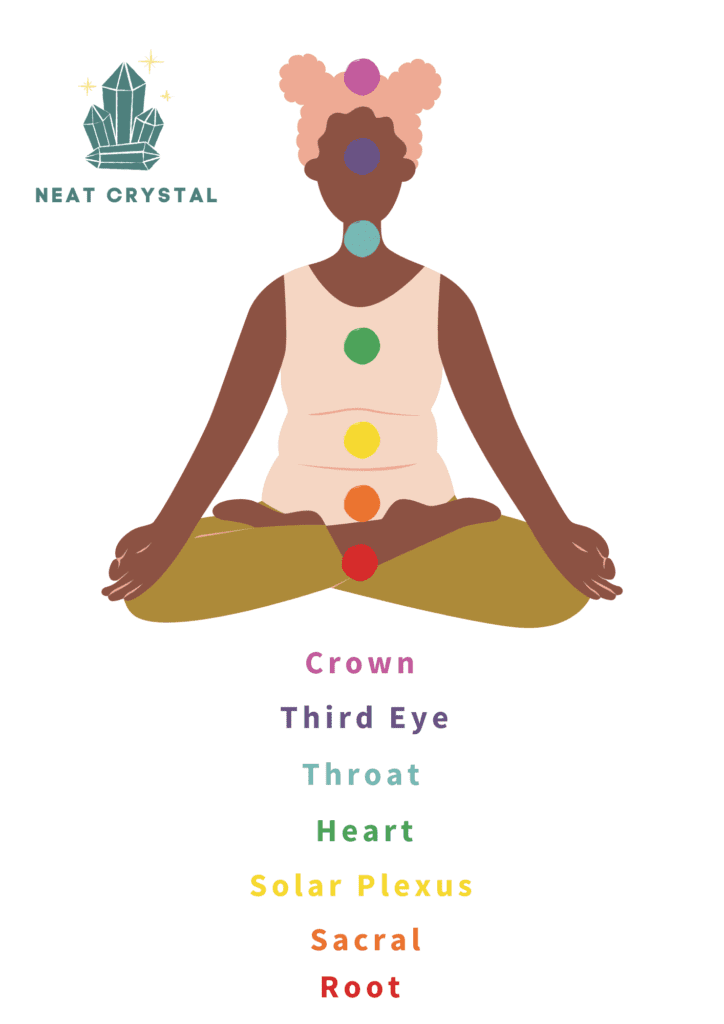
Also read: What Chakra Is Moonstone? (Rainbow, Pink, Peach, White, Green, Blue, Black)
Zodiac Association
Opalite works well for the Cancer zodiac sign. People under this zodiac banner tend to suppress emotions and explode after a long time. Opalite effectively enables communication by enabling them to articulate and verbalize what they genuinely feel. The stone also clears energy blockages across all meridians.
On the other hand, moonstone is one of Libra’s modern birthstones. People under the Libra zodiac banner are known for being intelligent, gentle, and diplomatic. The gemstones’ association with the moon influences the sign with the planet’s attributes. It is also a good talisman for better sleep, fertility, protection, and love. Moonstones also connect to the women of the Cancer zodiac sign. It nurtures loyalty and attachment to their families and serves as a master healer.


Also read: The Complete Guide To Moonstone And The Zodiac Signs
Element Association
Opalite is associated with the air and earth elements, while moonstones are connected to the water element.
The earth element represents the foundation of life, growth, fertility, stability, and growth. The element can also represent material possessions, new beginnings, and endings. Earth element crystals are used for grounding and stability.
The air element represents creativity and the power of the mind. It is also essential for the existence of all living beings. This masculine element also represents intelligence and youth. Crystals associated with the element are excellent in improving knowledge, mental clarity, and wisdom.
The water element represents emotions, wisdom, and the subconscious. It also signifies purity and cleansing across cultural and religious belief systems. Crystals associated with this element possess potent cleansing and purification energies.



Ruling Planet
Opalite is co-ruled by Venus and Mars. Planet Venus governs love, pleasure, courtship, and personal taste. Within your birth chart, Venus will govern what you adore, your relationship with money and others, aesthetics, and luxury. A strong Venus positioning is believed to bring happiness and prosperity. It is also believed that those with a strong Venus in their birth chart are unlikely to face pain. Venus explains your experience with the opposite sex, sexual happiness, fame, and the effect of feminine relations.
Mars, on the other hand, is the planet that governs passion, ambition, drive, and our outward personality. Its effect is seen in how we handle anger and conflicts and project our energy. The planet influences our sexuality, desires, and action. Its position on your birth chart will significantly affect your personality. The planet bestows beneficial attributes like energy and ambition toward your goals if positively positioned. It also encourages quick-mindedness and better decision-making.
The moon rules moonstones. Moon in astrology represents our desires, feelings, and emotional state. It also represents our feminine energies, maternal instincts, and how we care for and nurture others.
Strong moon placement in your birth chart indicates a vibrant and strong-minded personality, while a weak moon results in unhappiness, restlessness, and mental tension.
Numerical Vibration
Opalites vibrate at a frequency of 9. In numerology, the number represents wisdom. Being the last single-digit number, it is symbolic of a life well lived and lessons learned along the way resulting in knowledge and wisdom. The influence on people’s personalities is characterized by a strong will, independence, honesty, and self–expression. Number 9s are seekers who are often dedicated to a spiritual course. Nine is considered a lucky number in most parts of the world. Stones and crystals of this vibration can be used to increase wisdom and knowledge.
Moonstones, on the other hand, vibrate at the frequency of 4. The number represents order, stability, and hard work. It represents the planet Uranus in astrology and the four elements of nature. People with the number value hard work and organization and rely heavily on routines and long-term planning. They also have tendencies to be too comfortable and inflexible to change. Crystals and stones of this vibration can help these people think on their feet, take risks and step out of their comfort zones.
Best Combination
Opalite is paired with labradorite to manifest abundance, good luck, and success. The combination will also offer protection against all forms of negative entities and misfortunes. When opalite is paired with clear quartz, it brings out the best of its healing abilities. The pair also works excellent in manifestation practices.
Moonstones combined with amethyst are an excellent remedy for infertility issues. The pair activates growth in all aspects of one’s life. It also alleviates stress and emotional instability. The pair’s energies are great when entering a new chapter in your life and realizing your potential.
Moonstones also pair well with rhodonite. The pair brings soothing and nurturing energies that encourage self-improvement. The two used together help with emotional healing, forgiveness, and self-compassion. This restores harmony and helps in rebuilding oneself.

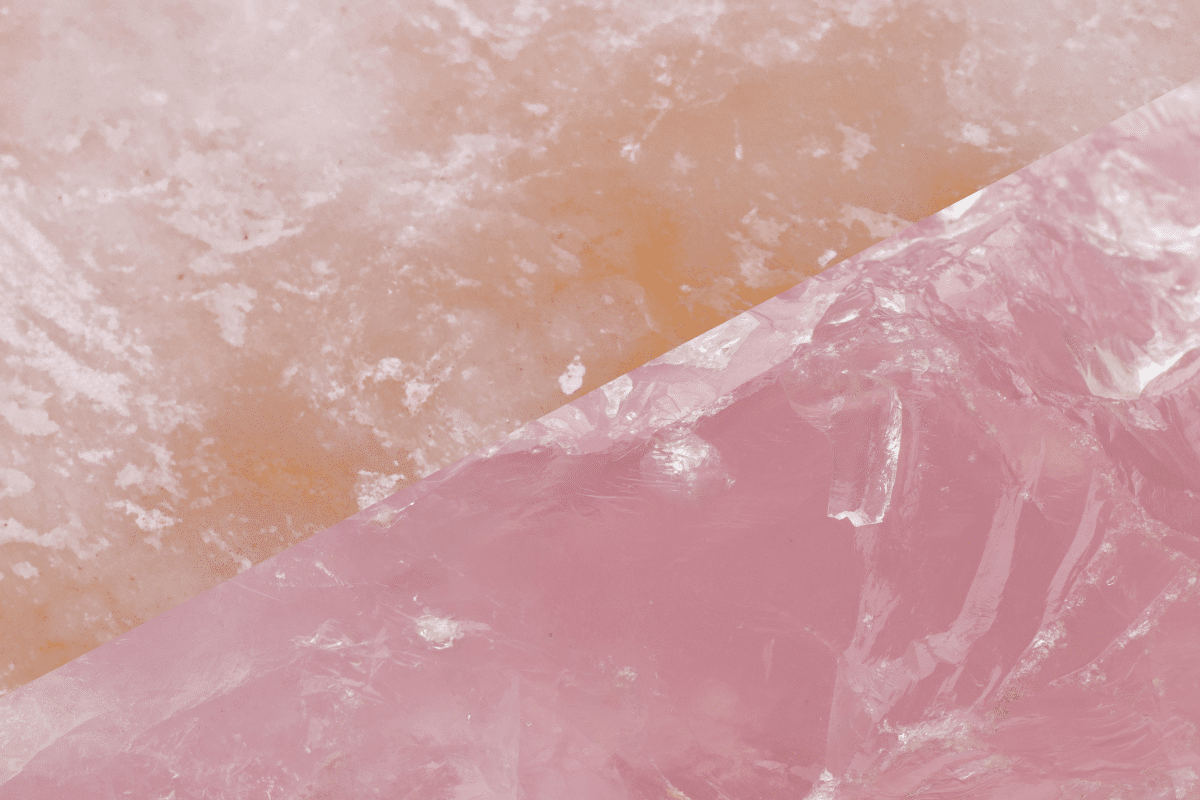
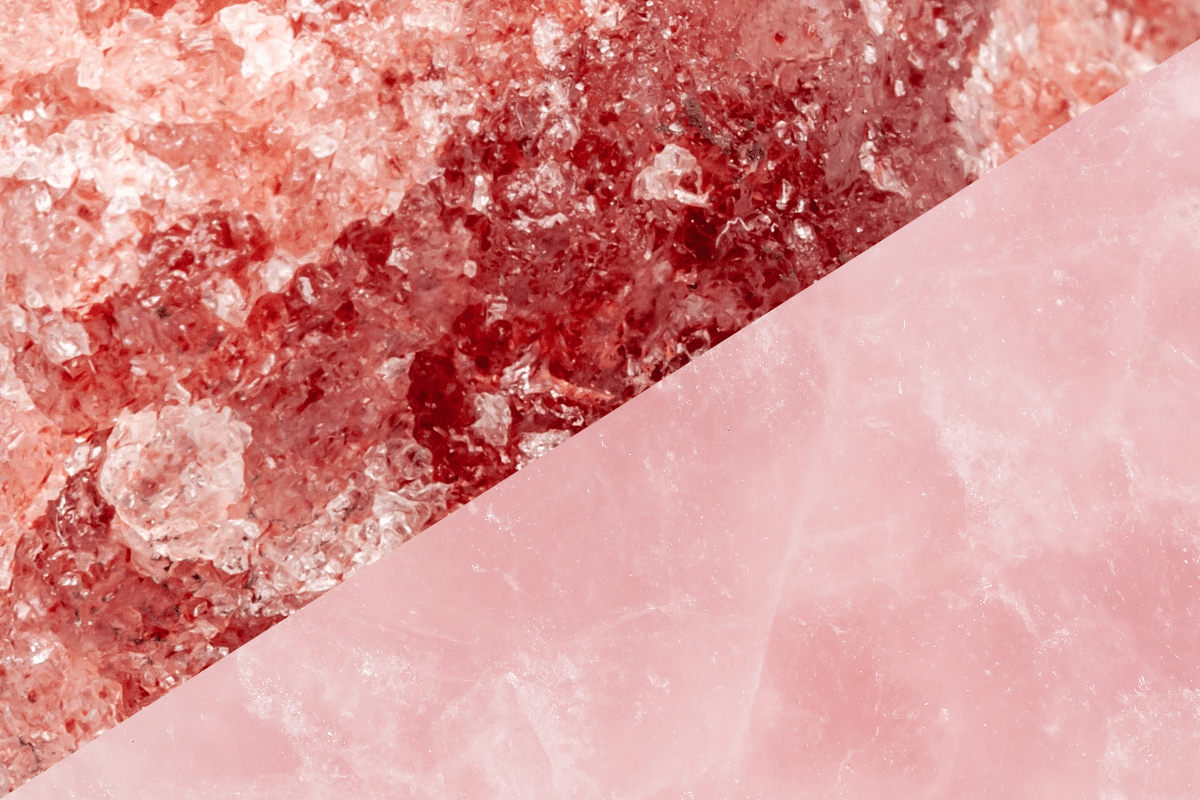
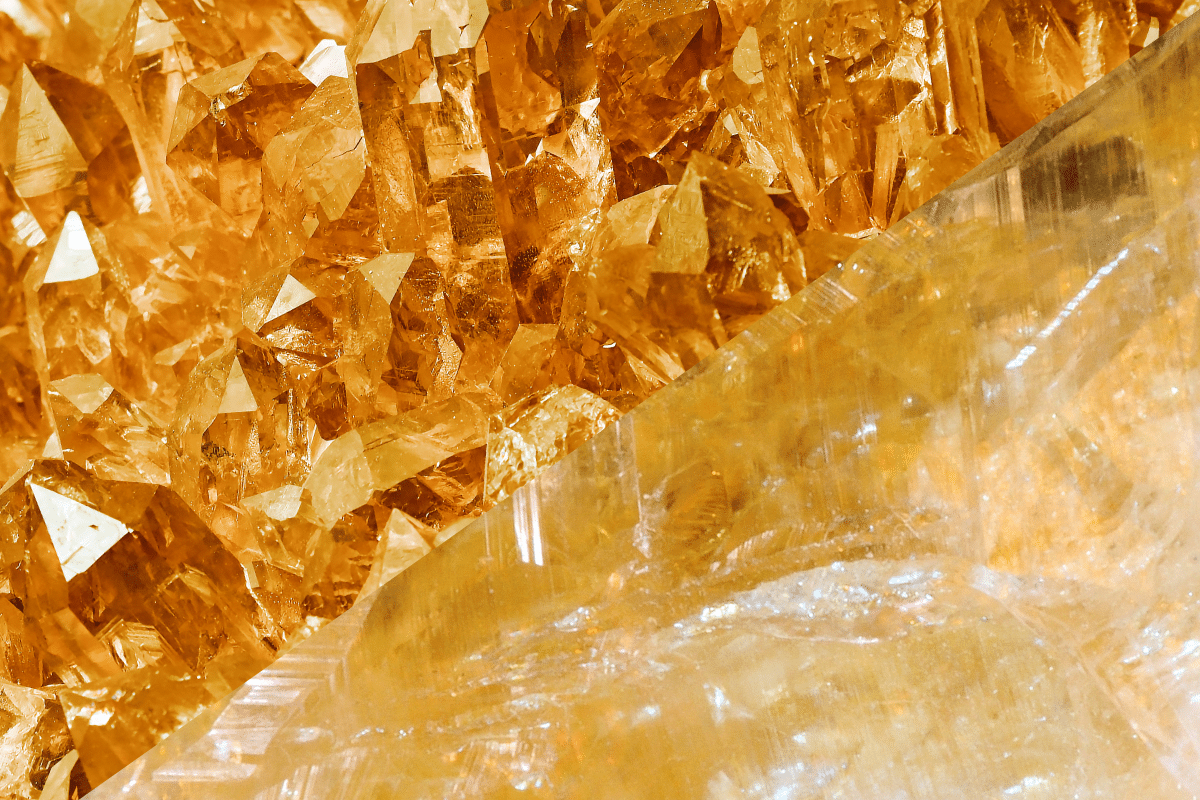

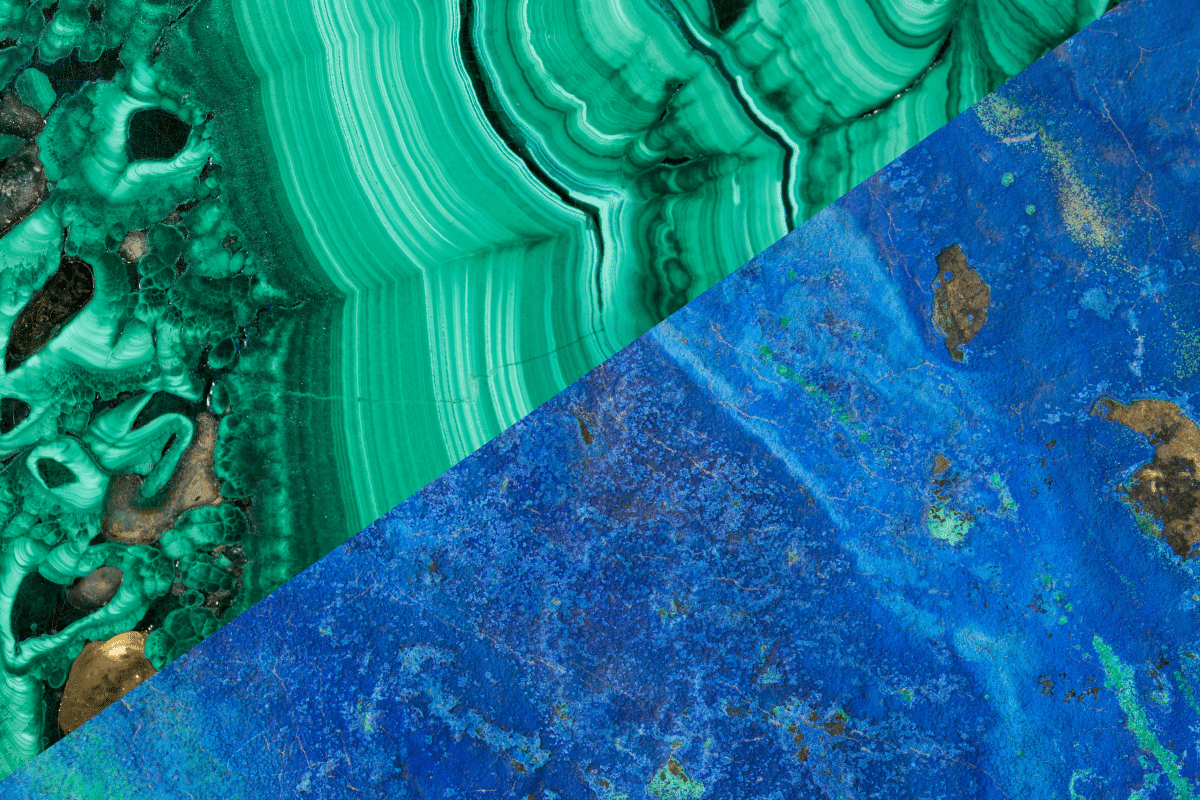
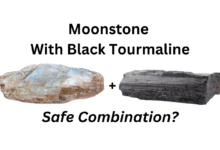
2 Comments